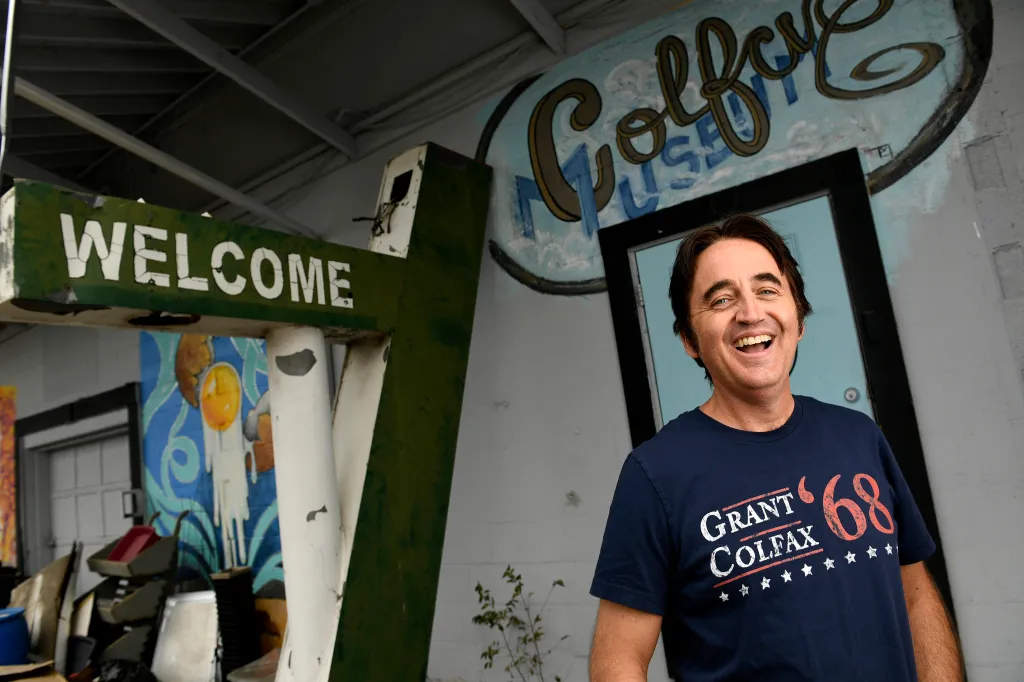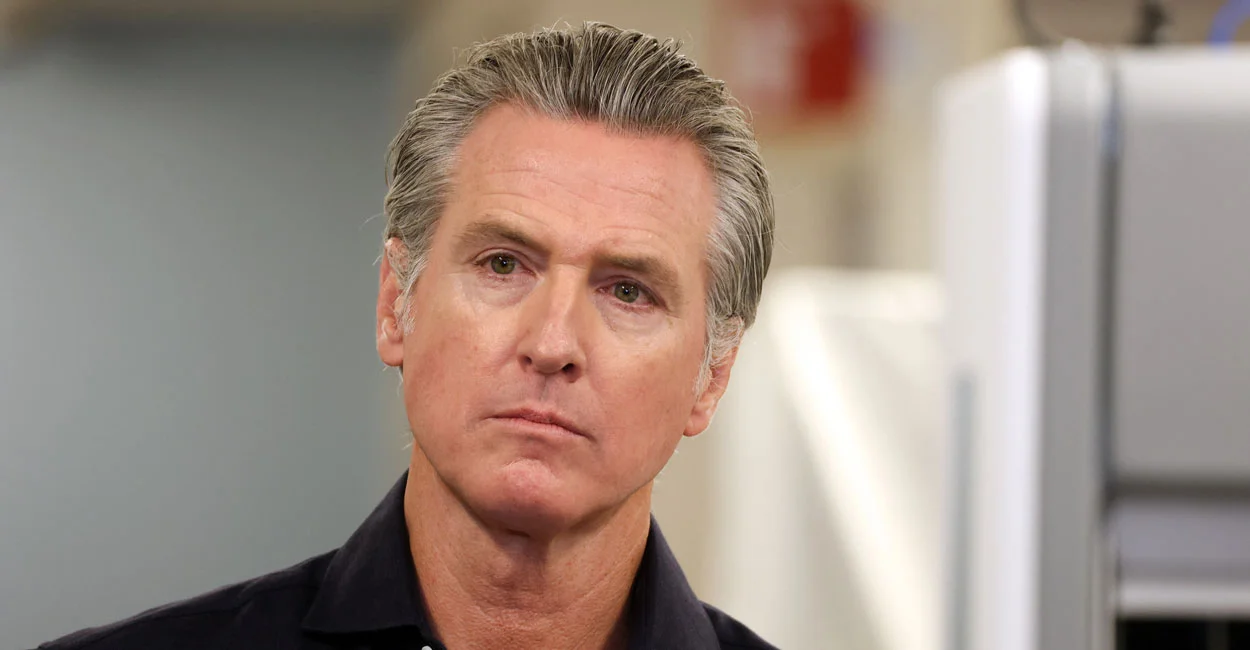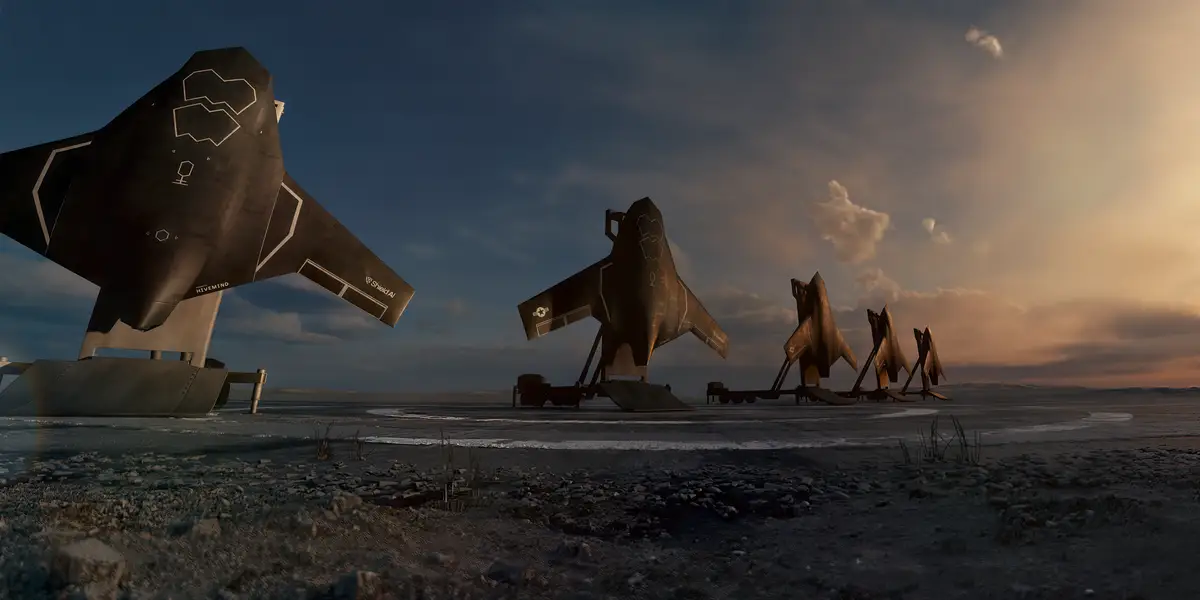Copyright The Denver Post

Jonny Barber’s colorful Colfax Museum archive finally has a permanent home after years of challenges that have drained its founder’s resources, including floods and a fire that nearly destroyed its former building. History Colorado, the state’s largest historical institution, confirmed this week that Barber has donated his massive collection of neon signs, matchbooks and menus, photographs, letters, and other ephemera from Colfax Avenue’s long, diverse history. “We are absolutely thrilled to be getting this into the collection,” said Rachael Storm, head of curatorial services and curator of Business & Industry at History Colorado. “It’s something I’ve had my eye on for a long time.” Stretching from the open spaces east of Aurora to the foothills of Golden, Colfax has hosted presidents and addicts, celebrities and prostitutes — occasionally in the same venues — at its hotels, bars, restaurants, clubs, theaters, retail shops and residences, Barber said. But he fears its history has been forgotten, so he decided to turn his passion project into a solution to the problem. Barber, a musician, writer and former Elvis impersonator, has been building his collection — which consists of thousands of items — since 2004 and in the past eight years has attempted to exhibit it independently at various locations. Those efforts have often failed as Barber’s spots fell through due to rising rents and emergencies, such as a fire at the first location that nearly burned down the building, and several floods at a location in Lakewood it occupied just before the pandemic. “It’s just been one biblical calamity after the next,” Barber said. “It’s like, ‘What’s next? Where’s the locust?’ Lately, storage of the collection, which Barber at one point tried to sell for $150,000, has become a burden, he said. “If something happens to me, it just goes away. “So it makes sense to house it at an institution that’s going to outlive me. Trying to do my own museum would take millions of dollars, and if I had a million dollars, I don’t know if I’d spend it on a museum.” History Colorado Center currently honors Barber’s collection in its Colorado Stories temporary exhibit, and Barber has exhibited other pieces at Denver International Airport, where he curated a Colfax history show on Concourse A. The exhibits underline how Colfax has influenced the entire city, and not just the east-west corridor that takes it through the heart of downtown Denver. “In the history of Colfax, we can see changes in the way we move, the way we socialize, the way we communicate with each other, and the means by which technology, foodways, commerce, and statehood flex, grow, and adapt to each other,” Storm said via email. “I live one block off Colfax and, with the new rapid transit going in, we are seeing how transportation and ways in which people want to and need to move are affecting the ways we build communities (through bars and restaurants), engage in commerce (banking, shopping for pleasure, picking up prescriptions), and move through the city.” Barber will be happy to move his floor-to-ceiling bins out of his house and into the trucks History Colorado plans to send on Nov. 14 — which also happens to be the day Barber turns 57. Until then, he’s furiously cataloging every item, from the branded ashtrays and art deco fixtures of nightclubs past to a prototype for a Chuck E. Cheese-style animatronic band at Casa Bonita, which he calls “the holy grail” of the collection. At 22.5 inches tall, the toy-sized Item was driven out to Colorado from its Kansas-based owner, who didn’t trust shipping companies to handle it delicately, Barber said. The Casa Bonita Quintet, as they’re called on the face of the kick drum, consists of forest animals playing piano and strumming a banjo and other instruments. The half-circle curtains around the stage still open, and it’s even wired for sound. Barber is also giving away his latest book, “Colfax Avenue: East to West,” as a PDF at colfaxavenue.org. The 216-page , photo-packed tome, which he hopes to give away physical copies of at the official opening of any upcoming History Colorado exhibit, is written coffee table-style, with readers flipping to any page and reading a self-contained narrative. His book also covers Schuyler Colfax, the street’s namesake who served as vice president under Ulysses S. Grant from 1869 to 1873. Barber said it’s the perfect time to look back, given not only the BRT Transit project that’s currently disrupting blocks-long stretches of Colfax, but the upcoming anniversaries of the legendary roadways that brought travelers, tourists and hopeful residents into the west during the early and mid-20th century, such as Route 40 (a.k.a. Colfax) and Route 66. Barber even has a replica dinosaur footprint from a Colfax Avenue discovery, as well as a major dig that turned up Indigenous artifacts. “What eventually became Colfax Avenue has been used since before recorded history,” he said. “My narrative is mostly a pop-culture one, although it’s important to note the street is named after a staunch abolitionist who voted to ratify the 13th Amendment (which ended slavery) in 1865.” Colfax used to be a dusty western stretch, too, with Barber researching stories of Wyatt Earp, Bat Masterton and Doc Holiday congregating at Colfax Avenue and Broadway, and Masterson getting run out of a town by a rival. Land owners, including Brown Palace namesake Henry C. Brown, benefited from Colfax’s development because it increased the value of surrounding properties. “Colfax is undergoing surgery again and it’s really causing a lot of business problems and woes,” said Barber, citing closures that have been attributed to decreased traffic as part of BRT lane and sidewalk closures. “This is one way to change that narrative.”



